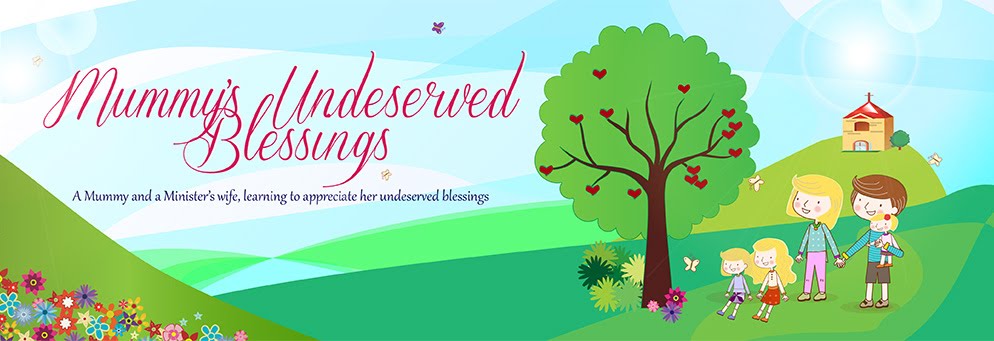A little while ago I was approached by a charity called ActionAid asking me whether I would be willing to host a guest post from them. As I had previously posted on the famine in East Africa, I thought it would be a great way create further awareness and show my support. Please read and consider whether you can support in this way.
It’s hard to imagine not being able to provide your children with the food and nourishment that they need – not only to protect their health but for their survival. But this is the reality that mothers in East Africa are facing on a daily basis. The drought crisis gripping East Africa is more than a food crisis – it’s now a crisis of child survival.
For many in the Western World, thinking about the realities of the situation in drought stricken areas in Africa can quickly be lumped into the ‘too hard’ basket. It is distressing to think about the suffering, hunger and death that many in the refugee camps are experiencing - particularly because history has proven that women and children are the most vulnerable during crises, including famine. Currently, it is estimated that 80% of refugees are women and children.
Famine has been officially declared in six Somali regions – the effects of which are compounded by the history of violence and conflict in the country over the past 20 years. In the desperate search for help, food and shelter, hundreds of thousands of people are moving across the border into Kenyan refugee camps. The Dadaab camp in north eastern Kenya – the world’s largest refugee camp – is overwhelmed and cannot cater to the amount of people in search of lifesaving assistance. With a capacity of 90,000 people there are currently 400,000 refugees in Dadaab with numbers increasing daily.
The UN has estimated that 750,000 people are on the brink of death in East Africa. Even more startling, it is estimated that one in three children in the affected regions is malnourished.
Why are children so vulnerable?
Famine is the widespread scarcity of food – the main consequence of which is malnutrition. While malnutrition presents major health hurdles for adults, it is most devastating for children. During their developmental years (their first years), malnutrition can impede both their physical and mental development. By definition, malnutrition is the condition when a body is not properly nourished with the nutrients it needs.
Not only can malnutrition rob children of the nutrients they need for their development, it also makes children more susceptible to disease. Disease is rife in the overcrowded refugee camps throughout East Africa, adding to the seriousness of the health crisis facing affected children. Currently, many children under the age of five are dying within a few days of arriving in refugee camps. While malnutrition doesn’t always kill, it can have permanent damage. With a weakened immune system and stunted development, children will feel the effects throughout their life. In fact, malnutrition is most devastating when it affects children in the womb. Just as it stops a young child developing properly, malnutrition hampers the development of the foetus.
What does malnutrition look like?
Malnutrition is diagnosed by measuring weight and height to check if children are under the ‘normal’ weight for their height and age based on World Health Organisation standards. The circumference of a child’s arm is also measured – if it is that of a 20c coin the child is suffering ‘severe acute malnutrition’. Thirdly, the most obvious visual signs of malnutrition are swollen legs, feet or cheeks.
Is there relief in sight?
Currently, refugee camps are overwhelmed, making it difficult to treat all severe malnutrition cases. 13.3 million people are affected by the crisis – 4.14 million of which are children. But there are significant relief and aid efforts underway. And, there are ways to help alleviate this crisis and ensure that it doesn’t happen again. Child sponsorship is one such way. By sponsoring a child in an affected country, you inject funds into that community that ensure not only the child’s health and wellbeing, but that of the community. Funds go towards implementing sustainable food strategies and educating communities on food practices. The funds are also used for improving education and health facilities.
The gravity of the situation in East Africa – and what it means for millions of children – is hard to comprehend. But every journey begins with one footstep, and every aid dollar that goes towards those affected helps ease the crisis.

